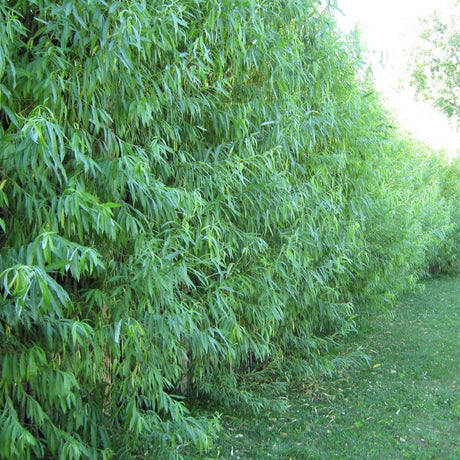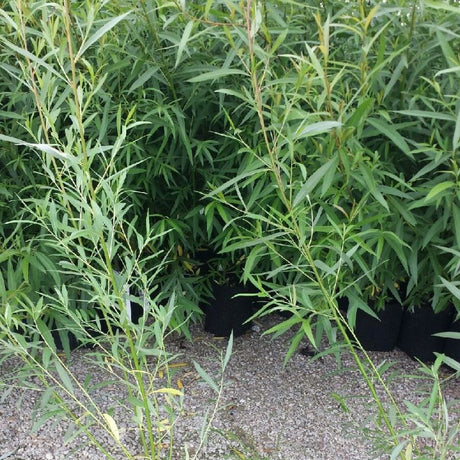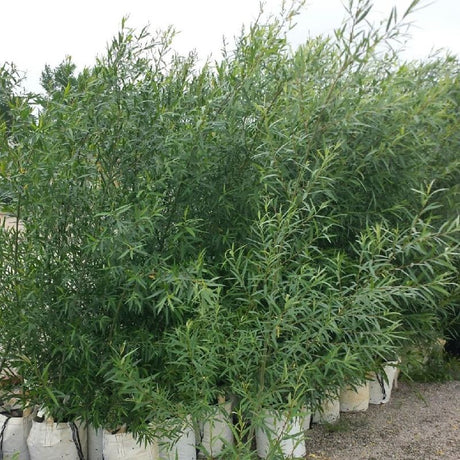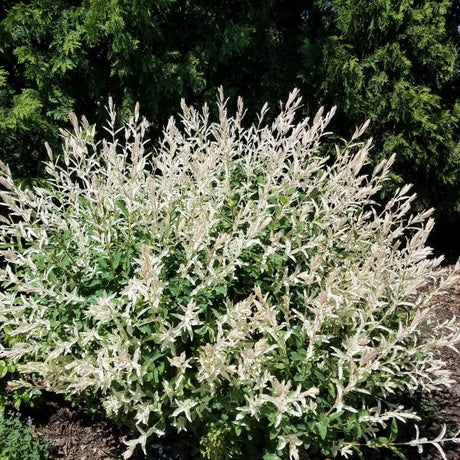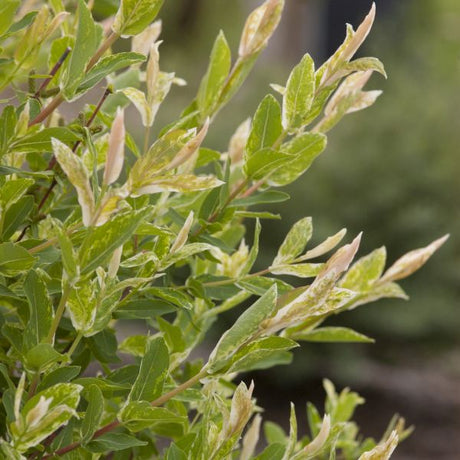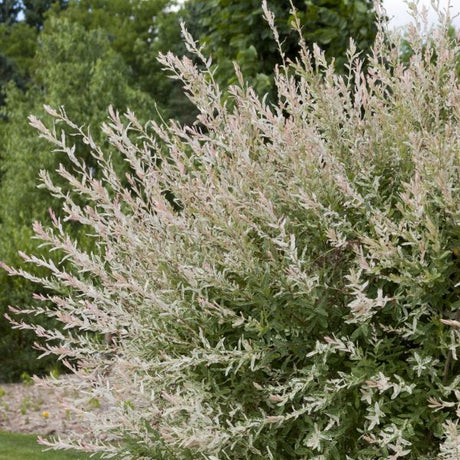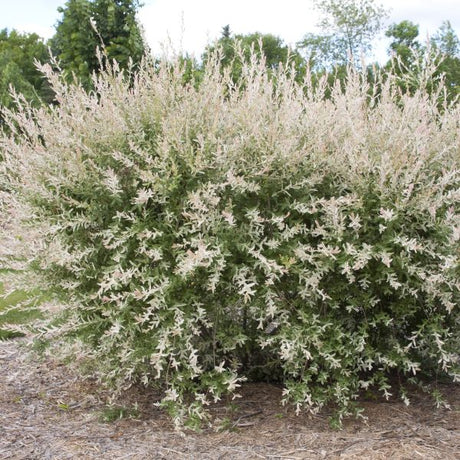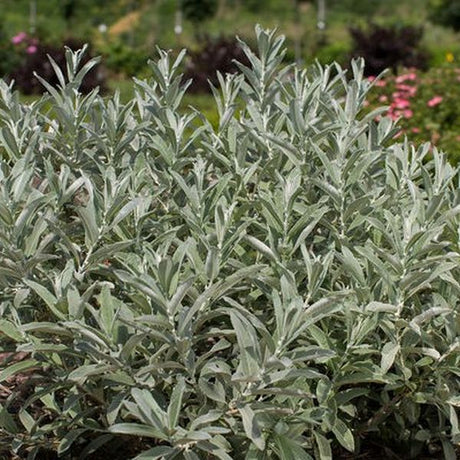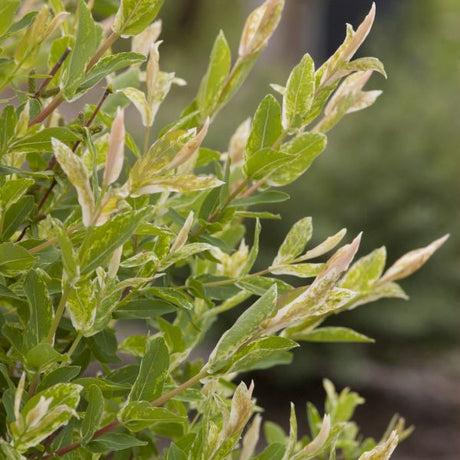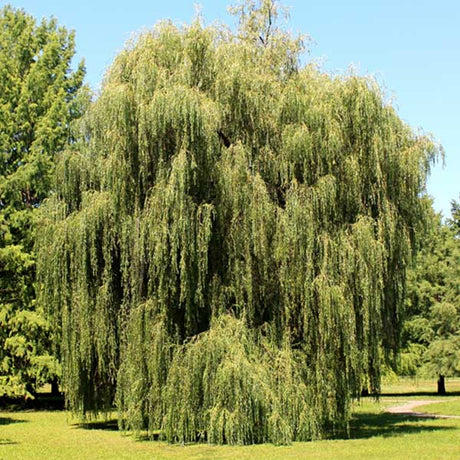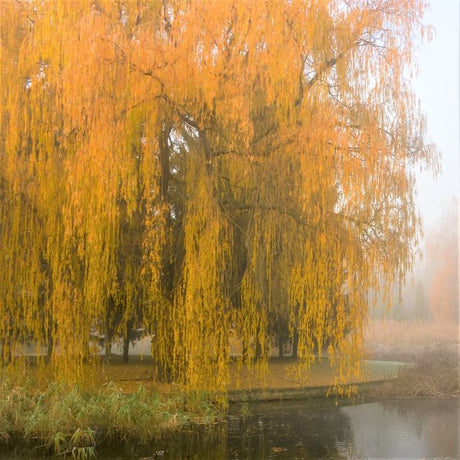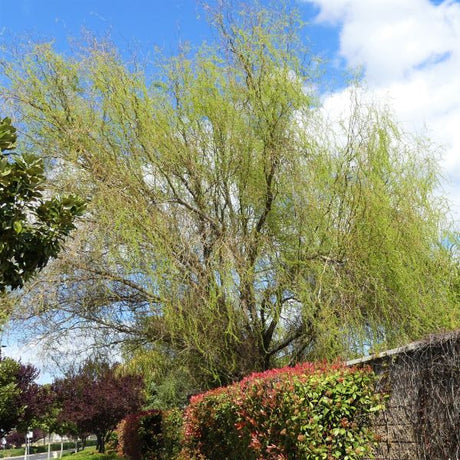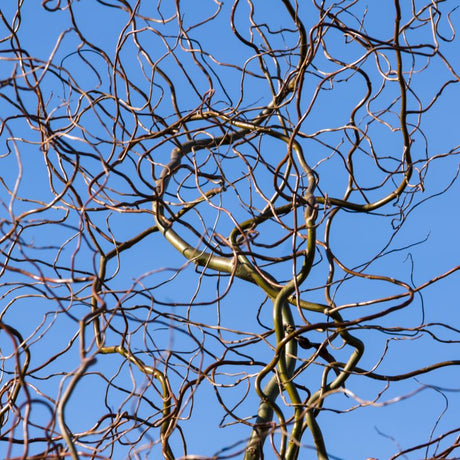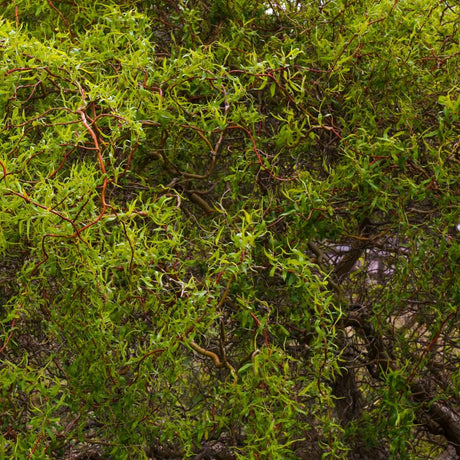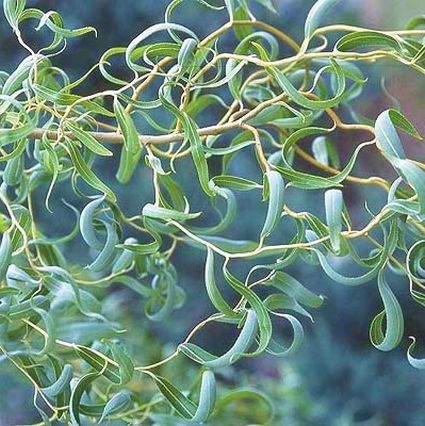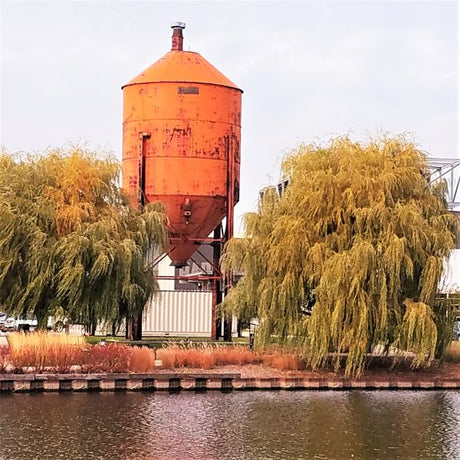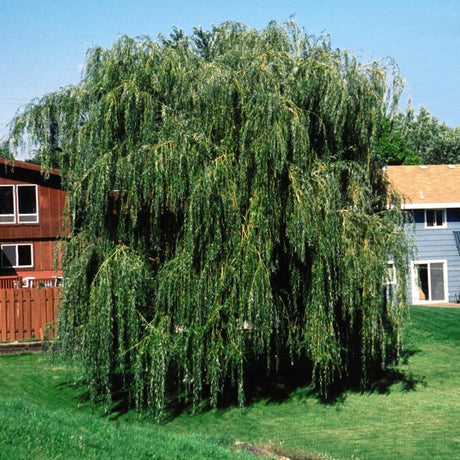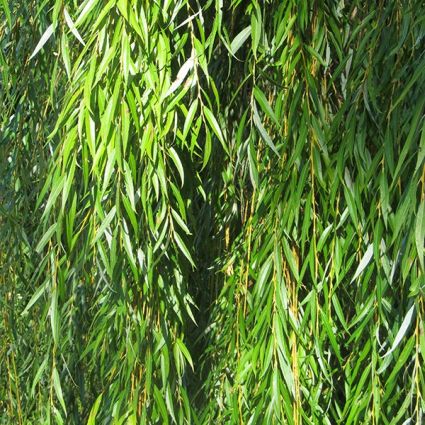-
-
-
-
-
Mt. Aso Pink Japanese Pussy Willow
Salix gracilistyla ‘Mt. Aso’
Regular price $6628Unit price /Unavailable -
WorryFree® Winter Torch Willow
Salix alba ‘Winter Torch’
Regular price $6631Unit price /Unavailable -
Salix integra 'Hakuro Nishiki'
Regular price $4118Unit price /Unavailable -
Plants That Work In The Rain Garden
Salix x., Iris v., Lobelia c.
Sale price $78700 Regular price $89398Unit price /Unavailable -
Sold outUp to 5% off
-
Sold out
-
Sold out
Salix alba tristis 'Niobe'
Regular price From $10953Unit price /Unavailable
Willow Trees For Sale At Nature Hills!

If you're dreaming of a tree that brings grace, movement, and nostalgia to your yard, Willow trees should be at the top of your list. These fast-growing, elegant trees are beloved for their sweeping branches, cooling shade, and the soft, whispering sounds they make in the breeze. Many gardeners remember a stately Weeping Willow from childhood, and now you can bring that same timeless beauty to your own landscape.
At Nature Hills Nursery, you'll find Weeping Willows, Hybrid Willows, Corkscrew Willows, Pussy Willows, and more ready to plant in your yard. These adaptable trees thrive across nearly every USDA growing zone. They're both cold-hardy and heat-tolerant, and with steady moisture, they'll reward you with fast, lush growth.
Why Gardeners Love Willow Trees
With over 400 species of Willows (Salix) around the world, these versatile trees have been cherished for centuries. Historically, their wood was used for firewood, fencing, basket weaving, and even early medicines made from the bark. Today, homeowners grow them for their beauty, shade, and incredible adaptability.
-
Rain gardens and wet spots: Willows thrive in moist soils, soaking up excess water in low areas.
-
Erosion control: Plant on slopes or near stream banks to stabilize the soil.
-
Privacy screens: Hybrid Willows create fast, dense hedges for windbreaks or screening.
-
Ornamental accents: From the golden winter stems of Flame Willow to the whimsical curves of Corkscrew Willow, each variety adds unique charm.
- Cut branches and bouquets: Pussy Willows provide gorgeous spring catkins perfect for floral arrangements.

Just remember, Willow roots are strong and water-seeking, so plant them away from sewer lines and foundations.
Easy-Care Guidance

Willow trees are wonderfully easy to grow and forgiving for beginner gardeners.
-
Sunlight: Plant in full sun for best growth.
-
Soil: Tolerates a wide range, but prefers moist conditions.
-
Water: Needs regular water while young; becomes somewhat drought-tolerant once established.
-
Pruning: Can be pollarded for wood or simply pruned to shape. Fast growth quickly hides any cuts.
- Zones: Find your USDA Growing Zone with our Plant Zone Map to be sure Willows are right for your area.
For a shady reading spot, limb up a Weeping Willow and tuck in a hammock underneath. Or plant along a pond where the foliage reflects in the water like a living painting.
Key Benefits of Willow Trees
- Fast-growing shade tree with graceful, flowing form
- Thrives in wet soils, rain gardens, and stream banks
- Helps stabilize soil and prevent erosion
- Offers privacy, windbreaks, and seasonal color
- Easy to grow, adaptable, and beginner-friendly
Shop Willow Trees Today!
Bring home the timeless beauty of Willow trees from Nature Hills Nursery. From the romantic Weeping Willow to the fiery Flame Willow, each tree is shipped with care and backed by our Product Guarantee.
Family-owned and operated since 2001, Nature Hills Nursery is proud to offer an ever-growing collection of trees and plants online, always shipped according to plant health regulations. Explore our full Planting Guide for tips, and shop Willow trees today to transform your landscape with their graceful charm.
Don't miss our fast-growing Willow bushes for even more options.
FAQ's for Buying Willow Trees Online
What are the best growing conditions for Willow trees?
What are the best growing conditions for Willow trees?
Willow trees thrive in full sun and prefer moist, well-drained soil, though they adapt well to a range of conditions. Ideal for rain gardens, creek banks, and low-lying areas, Willows are fast-growing and perform best when watered consistently during dry spells.
Can I plant a Willow tree near my house or driveway?
Can I plant a Willow tree near my house or driveway?
It is not recommended to plant Willow trees close to homes, driveways, or sewer lines. Their extensive root systems are known to seek out water and can interfere with underground infrastructure. Always plant Willows a safe distance away to prevent root intrusion.
Which types of Willow trees are best for erosion control?
Which types of Willow trees are best for erosion control?
Weeping Willow, Hybrid Willow, and Flame Willow trees are excellent choices for erosion control. Their fast growth and extensive root systems stabilize slopes and help manage runoff, especially on properties with uneven or sloped terrain.
How fast do Willow trees grow?
How fast do Willow trees grow?
Willow trees are known for their rapid growth, often gaining 6 to 10 feet per year depending on conditions. This makes them ideal for quick privacy screens, shade, or windbreaks. Hybrid Willows and Weeping Willows are among the fastest-growing varieties available.
Do Willow trees require a lot of maintenance?
Do Willow trees require a lot of maintenance?
Willow trees are low-maintenance once established. They may need occasional pruning to shape or remove damaged limbs, especially for aesthetic or pollarding purposes. Provide regular water during dry periods and mulch the base to retain moisture for best results.


